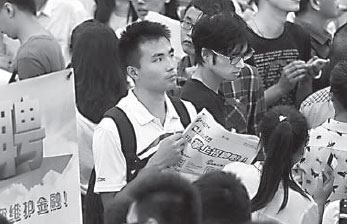Job market faces fierce competition in Q3, report says
Updated: 2015-10-14 07:44
By Su Zhou(China Daily USA)
|
||||||||
Competition for white-collar jobs became fiercer in the third quarter, with more than 35 job seekers contending for the same position on average.
This is a jump from 26 and 29 in the first and second quarters this year, a Chinese human resources website said on Tuesday.
Zhaopin.com's third-quarter jobs report for white-collar workers showed that demand for talent was shrinking with the slowdown of China's economic growth. At the same time, more such workers were considering changing jobs, leading to more competition among job hunters, especially those in Northeast China and in second-tier cites.
In Zhaopin's competition index for major cities, Shenyang and Dalian, both in Liaoning province, and Changchun, Jilin province - all in Northeast China - ranked first, fourth and eighth.
Zhu Hongyan, chief career consultant for the website, said the career structure in the northeastern region has been constantly improving because of economic restructuring.
"As the economic structure of Northeast China evolves, traditional industries have been forced to upgrade, while new industries gained more space to develop," Huang said.
"The changing economic structure affects certain traditional careers. The need for professionals in certain fields declined, and some even disappeared," Huang said.
"Workers in these industries are forced to seek career opportunities in other ones, increasing competition in the market for job seekers."
Moreover, second-tier cities such as Chengdu, Sichuan province, Suzhou, Jiangsu province, Xi'an, Shaanxi province, and Tianjin are all among the top 10 cities with the most competitive job market.
Beijing ranked ninth, while Shanghai ranked 18th.
Zhu, the career consultant, said the trend of white collar workers shifting their jobs to fast-developing second-or third-tier cities has become more prominent because of the high pressures of working and living in larger cities, deteriorating environments and restrictions on cars and housing.
"Regional preferential policies have helped second-and third-tier cities attract overflow industries and companies from the overcrowded metropolises, which have their own restrictions such as limited land and other resources," Zhu said.
"However, second-and third-tier cities do not have the same mature economic structure and industries as the metropolises," added Zhu. "So not all job seekers can find satisfactory jobs."
suzhou@chinadaily.com.cn
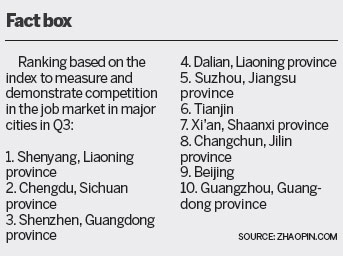
|
Job seekers attend a job fair in September in Hangzhou. White-collar workers are facing fierce competition in changing jobs, a report said on Tuesday. Lin Yunlong / for China Daily |
(China Daily USA 10/14/2015 page5)

 Autumn's colorful wardrobe
Autumn's colorful wardrobe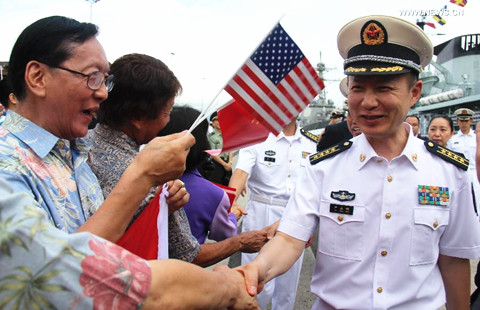
 Chinese Navy's training vessel arrives in Pearl Harbor
Chinese Navy's training vessel arrives in Pearl Harbor
 Robot dances, drones fly at HK Electronics Fair
Robot dances, drones fly at HK Electronics Fair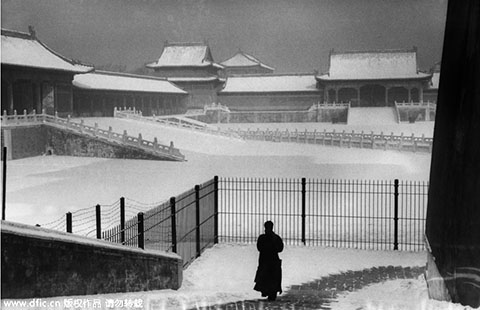
 Palace Museum: The past through the eyes of Magnum photographers
Palace Museum: The past through the eyes of Magnum photographers
 Designer Zhu Chongyun kicks off Shanghai Fashion Week
Designer Zhu Chongyun kicks off Shanghai Fashion Week
 A Canadian first: The birth of two panda cubs
A Canadian first: The birth of two panda cubs
 PLA navy ship arrives in Pearl Harbor
PLA navy ship arrives in Pearl Harbor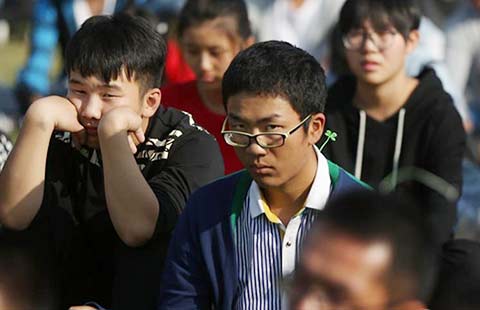
 Staring contests give gazing a competitive edge
Staring contests give gazing a competitive edge
Most Viewed
Editor's Picks

|

|

|

|

|

|
Today's Top News
Tu first Chinese to win Nobel Prize in Medicine
Huntsman says Sino-US relationship needs common goals
Xi pledges $2 billion to help developing countries
Young people from US look forward to Xi's state visit: Survey
US to accept more refugees than planned
Li calls on State-owned firms to tap more global markets
Apple's iOS App Store suffers first major attack
Japan enacts new security laws to overturn postwar pacifism
US Weekly

|

|
